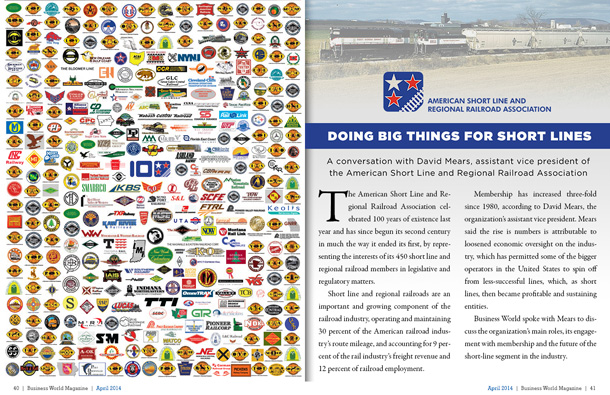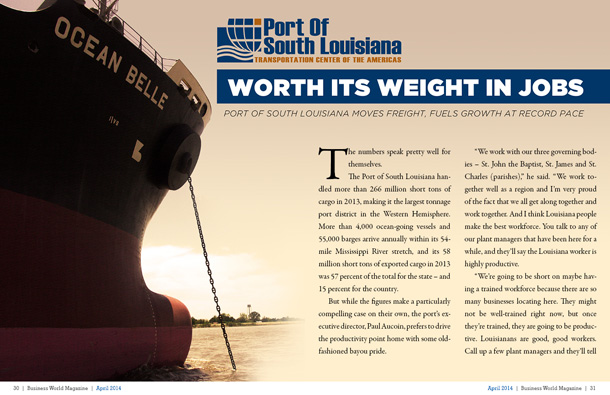

It has been said that one can never fully understand another until he has walked a mile in his shoes. One leading trade industry authority not only annually logs thousands of miles to benefit the shoe industry, but tirelessly strives to educate and advocate on behalf of members so they may better navigate among the challenges and opportunities empowering all to have a more solid footing in business.
The Footwear Distributors and Retailers of America (FDRA), is not only the largest trade organization for the footwear industry, but also the leading authority representing retailers, distributors, manufacturers, suppliers and international trade associations involved in the footwear industry.
Based in Washington D.C., FDRA is a 70-year old, not-for-profit organization that serves members by advocating for the free-flow of footwear into America, as well as throughout the world; providing educational materials, surveys and programs that keep members aware of any and all issues which might impact their business; and participating in industry affairs while facilitating activities that empower members to engage in business more effectively and efficiently.
FDRA President Matt Priest has led the organization since 2009, but formerly served as senior advisor to U.S. Commerce Secretary Carlos Gutierrez, and was also previously a deputy assistant secretary in the textiles and apparel division of the U.S. Department of Commerce. Priest says among FDRA’s priorities is putting an end to the regressive trade policies that not only undermine the industry, but also drive-up costs for consumers.
Advocating Affordability
“Footwear is one of the highest taxed goods of anything Americans can purchase,†says Priest.
And as much as footwear is something one essentially has to purchase, he says more often than not, that purchase is something that has been manufactured overseas (more than 98% of the shoes sold in America are made overseas). Priest says “regressive and outdated†policies result in uncommonly excessive, if not utterly unfair, duty fees. For example, the average consumer good duty is approximately 1.3 percent. Yet for footwear, the average duty is 10.1 percent, in fact, some footwear is taxed at 48 percent, others can be taxed as high as 68 percent.
Policies are a byproduct of The Tariff Act of 1930, also known as the Smoot-Hawley Tariff, which was signed into law June 17, 1930, with sponsorship by Senator Reed Smoot and Representative Willis Hawley. This legislation raised U.S. tariffs on more than 20,000 goods imported to America. At the time, the intent was to provide greater security to American manufacturers, but again, since shoe manufacturing has by and large moved overseas in deference to that measure, Priest says adherence to the policy not only defies logic, but also unfairly leaves “American consumers left holding the bill for an initiative that has long outlived its purpose.â€
To further demonstrate the illogical inequity in the way tariffs are applied, Priest offers an example that involves variable rates. For instance, consider the basic canvas-clothed shoe with a rubber sole (a line that would otherwise be seen at the lower end of costs such as might be purchased at Walmart). The duty rate applied to these very inexpensive shoes can be as much as 48 percent, while that of a higher quality, leather loafer, would have rates less than 10 percent. Thus, lower income consumers are hit with the brunt of higher costs when purchasing lower valued footwear. Priest says this make current tariff rates “doubly recessive.â€
 To overcome these policies, the FDRA was instrumental in creating a bill known as The Affordable Footwear Act. Introduced in Congress in 2006, the bill garnered support from more than 157 legislators on both sides of the political aisle, but never emerged from committee as necessary to allow for official vote. The measure was recently pushed for, with more than 91 legislators approving, with similar results. Priest says little is being focused on in the way of trade legislation at the moment, but he is ultimately confident the bill will gain traction and be passed. This is one of the FDRA’s greatest priorities.
Studies show the shoe industry generates some $60 billion in annual revenues, and represents more than 10 percent of the billions annually collected by customs. Priest says the industry is not only an important part of the national economy, but an essential driver of jobs, whether it is a forklift driver in California involved in distribution, a shoe designer working out of St. Louis or New York, a warehousing employee in Tennessee, or a shoe retailer working out of Topeka, Kansas. “This industry has a long history as a driver of jobs, so our point is if we’re constantly going to pay these duties which line the pockets of government, it undermines our ability to drive job growth.â€
Stepping-up to Safety
In April, the FDRA will host the 2013 Product Safety and Environment Workshop in Washington D.C., which is just one example among the plethora of educational programs and workshops FDRA routinely conducts throughout the world. The FDRA has been the industry’s fundamental source of information and intelligence allowing members to have greater insight into issues that impact their business.
This has been especially important in California with the emergence of Proposition 65, a state-enacted measure that hit the apparel and footwear industries after implementation of a federal passed law known as the Consumer Product Safety Improvement Act. Passed in 2009, the federal law posed strict guidelines for manufacturers regarding the presence of lead that may be contained in countless children’s products. Proposition 65 gave rise to collaborations of citizen groups and/or legal teams that filed suit against a variety of manufacturers, including those in the shoe industry. Some law firms have essentially made a living by filing suits and settling them out of court. Priest says some FDRA members were among those targeted in litigation, but in recent years, with the FDRA’s communication campaign and member compliance, the number of such cases has dramatically dwindled. He also notes that for the most part, the footwear industry has not run afoul of regulatory recall issues to the degree experienced with other goods.
Another recent example of industry insight facilitated through FDRA was the 2012 Footwear Sourcing Forecast. A first of its kind study conducted by FDRA, members were provided with findings from analysis of statistical trends, import data and economic details involving consumer demand and costs for raw materials. Priest says understanding where the industry is planning to source in the future helps FDRA member companies and the industry as a whole to take advantage of changing trends and more securely plan for the future.
As for the future, Priest says he is encouraged to see Members embracing new opportunities to increase their business. He anticipates increased integration of technology, such as that seen in Nike’s development of a special Mobile App which can be used in conjunction with their running shoes. Priest says social media, and Internet-based market portals will also pose new opportunities for manufactures to interface with consumers. FDRA also provides members with 24/7 insight to issues, reports, event details and news alerts through its presence online at www.fdra.org
Priest’s prognosis of the present state of the industry, as well as future potential, is generally positive. He says, “There’s a lot of excitement in our industry right now, so overall, I’m pretty bullish for our success in the future.â€






